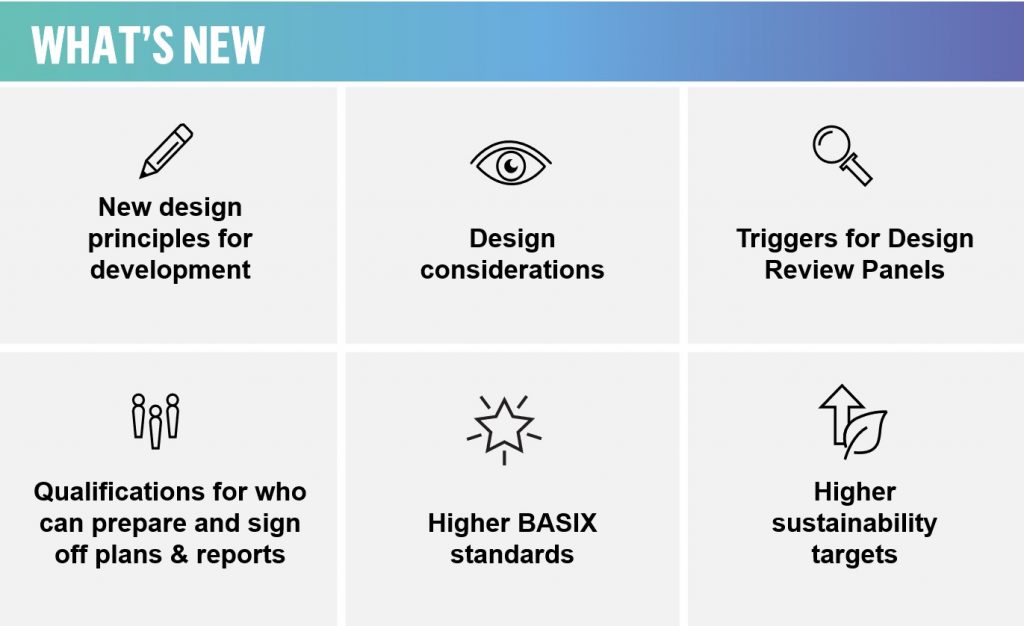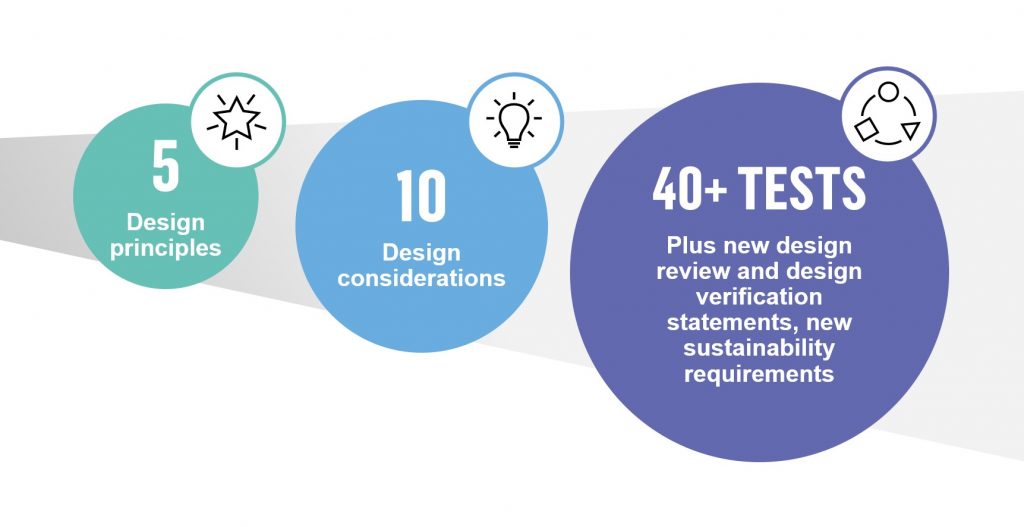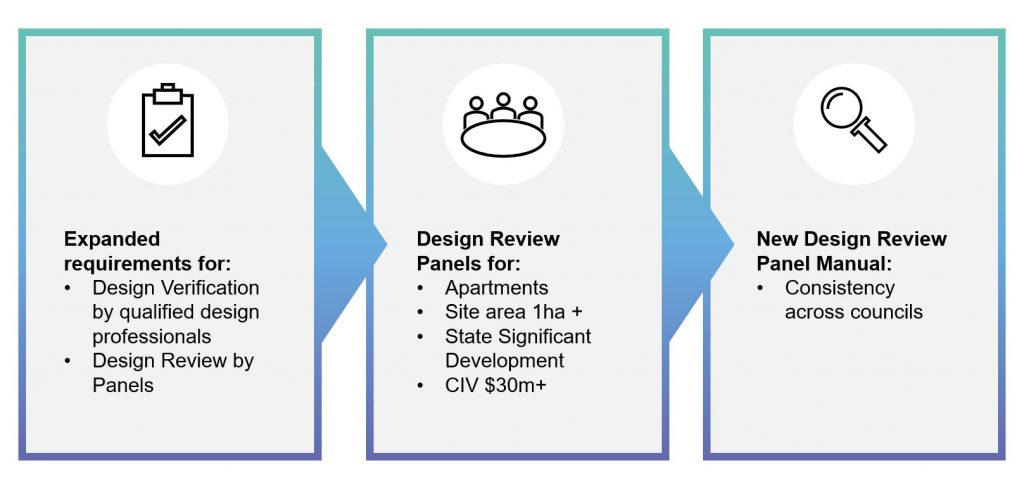The Draft Design & Place SEPP aspires to improve design outcomes. But under the weight of more prescription, an abundance of guidance and a layering of complexity, are they achievable?
Striving for better design and amenity is critical as our cities become denser and taller, and our spaces become more highly valued and desired. At its core, the NSW draft State Environmental Policy (Design and Place) (DP SEPP) aims to do just that.
Urbis supports the Policy’s goal of improved design and space outcomes through best practice. However, to be effective, the policy must foster adaptive and responsive development within time efficient and streamlined processes. The pathways for achieving better design must be clear, consistent, and feasible.
What’s in the Policy?
The draft DP SEPP package incorporates a new principles-based approach, with new design considerations, more design review requirements and stronger sustainability targets. The Policy spans a range of development types and scales and will apply to many DAs, modification applications and rezoning proposals (on sites over 1 ha).



